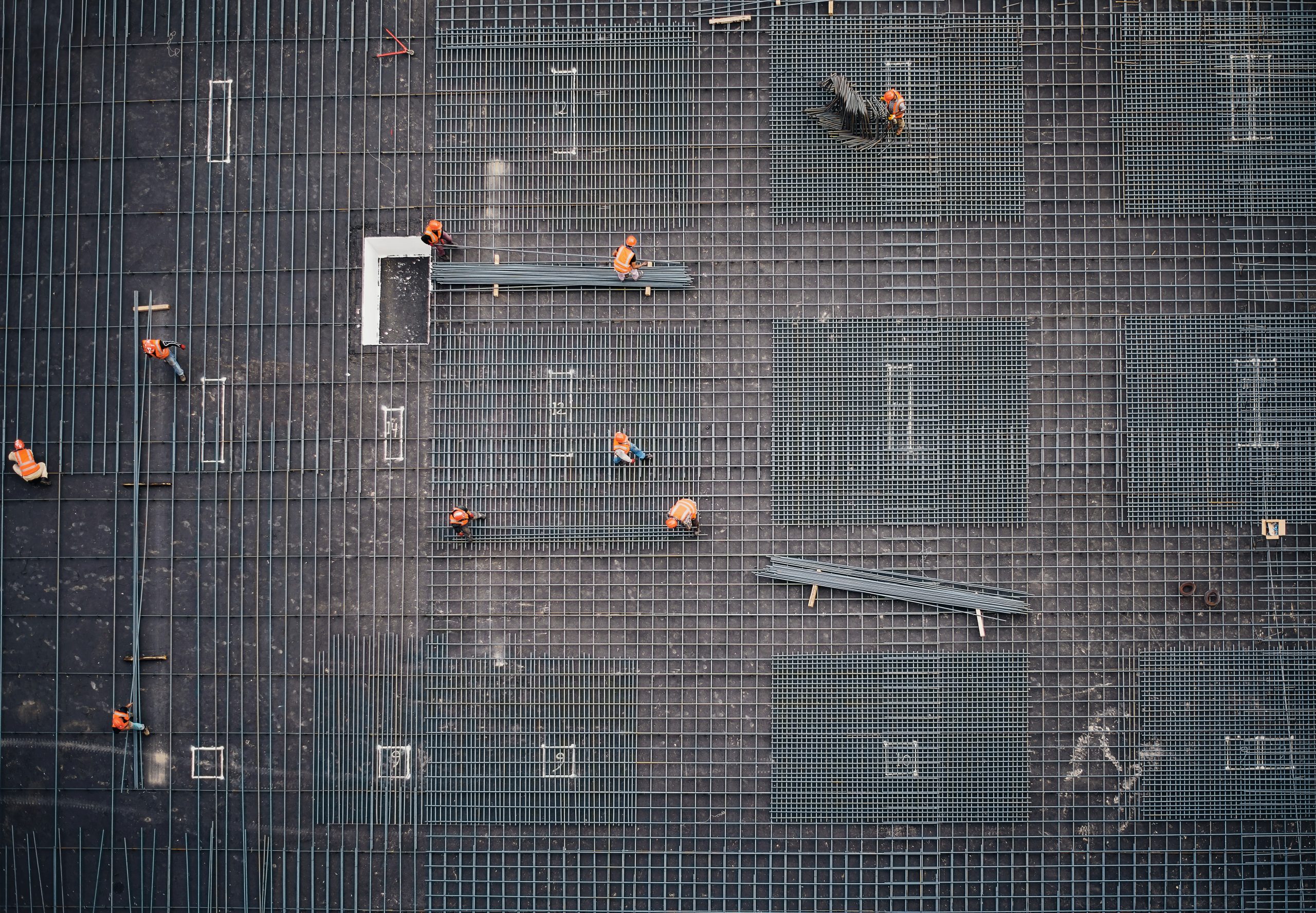In 2022, it will have been 5 years since the tragic events at Grenfell Tower. Following the tragedy, Dame Hackitt was charged with carrying out a review of building safety and concluded in the May 2018 Building a Safer Future: Final Report that there was a cultural issue across the building sector, which she described “as a ‘race to the bottom”.
Where are we now? The Building Safety Bill (the Bill) is at Report Stage in the House of Commons. It is expected to make progress and become law at some stage in 2022. Not quite there yet but fundamental reform is within touching distance. In anticipation of this, we take a look at the key aspects of the Bill.
Building Safety Bill
“The Bill” represents an overhaul of the regulatory regime for work in relation to “higher-risk buildings” of a prescribed height. Initially, this will include a building of at least 18 metres or more than seven storeys (whichever is reached first) and which contains two or more dwellings. The Bill will also apply to hospitals and care homes. In the future, there is scope for the range of buildings covered to be broadened by the Secretary of State. It is widely anticipated that it will eventually apply to other classes of buildings. Key features of the Bill include:
- The creation of a Building Safety Regulator who will be responsible for the building control regime for higher-risk buildings with powers to enforce the new regime;
- An ongoing duty on the new Accountable Person (i.e. the estate owner or entity under repairing obligations of common parts) to assess building safety risks, to provide safety case reports and appoint a Building Safety Manager;
- Three “Gateway” points for relevant buildings through the planning (Gateway 1 – already introduced via existing planning legislation on 1 August 2021 in relation to relevant buildings), construction (Gateway 2) and occupation of buildings (Gateway 3) where certain approvals will be needed from the relevant bodies;
- Provision for a “golden thread” of building information to be created, stored digitally and updated through the Gateway process and throughout the building’s life-cycle. It is anticipated this could be a catalyst for change in terms of record keeping in the construction industry where documentation of the construction process is notoriously poor.
Changes to the Defective Premises Act 1972
The scale of the non-compliance with Building Regulations in relation to the risk of fire spread is enormous. However, often parties do not have a contractual nexus with those responsible for the construction and turn to a potential claim under the Defective Premises Act 1972. One problem is that this currently has a six year limitation period. Given the fact that Grenfell was nearly five years ago, many potential claims under it are now time barred or close to being time-barred.
In order to address this, the period of time in which building owners, homeowners and leaseholders can make a claim for compensation following the completion of defective work is set to be increased through Section 128 of the Building Safety Bill (which will insert a new Section 4A of the Limitation Act 1980) from six to 15 years. The limitation period will be extended both for work completed in the future and retrospectively. Further, Section 127 of the Building Safety Bill will introduce a new Section 2A of the Defective Premises Act, to include refurbishment and other work to an existing dwelling.
Amendments to the Landlord and Tenant Act 1985 – Obligation for building owners to enforce claims
The intention is also for the Building Safety Bill at Section 126 to amend the Landlord and Tenant Act 1985 to create a legal requirement for building owners to prove they have tried to take reasonable steps to obtain any grants/funding available or secure funding for works from third parties before passing costs to leaseholders.
If “reasonable steps” are not taken, leaseholders will be able to challenge these costs in the courts. This means that the current practice of building owners passing the costs down to leaseholders via service charges, as may currently be permitted by a lease, is likely to change.
The approach of the court
Whilst the Building Safety Bill will provide a new statutory framework, the courts will also have a critical role in the application of the law and are already making it clear that they will assist claimants where they can. In Crest Nicholson Operations Ltd & Anor v Grafik Architects Ltd & Anor [2021] EWHC 2948 the Defendant’s application to strike out the claim (on the basis that the claim had not been fully particularised or supported by expert evidence) was refused with the court noting “the very high level of awareness in the construction industry of the issues surrounding the problems that have been identified in many buildings with facade systems that do not meet the fire safety requirements of the Building Regulations.”
The Building Safety Fund and Residential Property Developer Tax
The Building Safety Fund is not currently open to new applications and it remains to be seen when the fund will open again. However, in the November 2021 budget, the Government confirmed details of the Residential Property Developer Tax due for implementation in April 2022. The new Corporation Tax surcharge will be levied on developers with profits over £25 million at a rate of 4% to part-fund the removal of unsafe cladding. It is anticipated that by the time the Building Safety Bill becomes law, the Building Safety Fund will have re-opened to new applications with the prospect of funding from the Residential Property Developer Tax.
Takeaway points
The regulatory landscape is set to change significantly for the construction of new high rise residential buildings and refurbishment projects to such buildings.
Building safety remediation will be a feature of the construction and real estate sector for years to come. Whether the Building Safety Bill will continue in its current form to become law is yet to be seen. However, with the prospect of increased claims, increased regulation and increased taxes, those involved in the development of residential high rise buildings will need to play close attention to the impact the Building Safety Bill will have on their business. Those involved in the development of similar non-residential buildings will also need to pay close attention to hedge against any future expansion of the regime.
Though change always brings challenges, the new landscape will also represent an opportunity for those who take the lead in a new dawn of building safety. There is also a huge opportunity to revolutionise the use of technology in the construction process to assist with the production of “the golden thread” of building information.
While the price to pay may be that not everyone will be able to adapt to the new landscape, the reward will be a future where safety will be at the forefront of building design and construction.
Key points
- Developers have a myriad of new compliance obligations (and taxes) to get to grips with; and
- These affect residential developers at the moment but are expected to impact commercial development in the future.







